A 1000W electric bike speed refers to the power of the bike’s electric motor, with the capability to reach higher speeds compared to lower-wattage models, providing a faster and more efficient riding experience.
Curious about the speed of a 1000W electric bike? Imagine cruising effortlessly at speeds that blend convenience and thrill. A 1000W motor propels these bikes to impressive velocities, offering a dynamic and eco-friendly way to navigate your surroundings.
A 1000W electric bike can reach speeds of up to 28 to 32 miles per hour on average. The speed may vary based on factors such as the bike’s design, weight, and terrain. These bikes provide a swift and efficient way to commute, offering a faster alternative to traditional bicycles, while still being environmentally friendly and easy to use.
The Speed Potential Of 1000w Electric Bikes
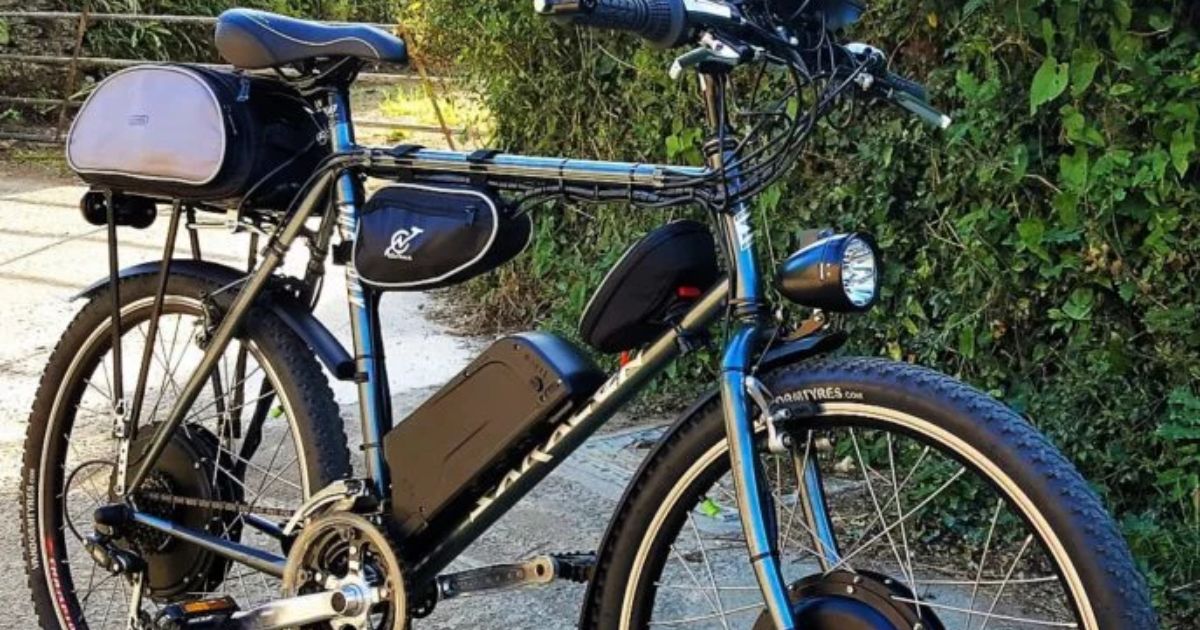
Electric bikes with a power rating of 1000 watts offer an exciting boost to your cycling experience. The 1000W electric bikes are equipped with a powerful motor that provides enhanced speed potential. These bikes make it easier to conquer hills and cover longer distances with less effort.
With the assistance of the electric motor, riders can enjoy a faster and more exhilarating ride, reaching higher speeds compared to traditional bikes. The 1000W power allows for quick acceleration, making commuting or recreational cycling more efficient and enjoyable.
Motor Power Of Ebike
The motor power of an e-bike refers to the strength of the electric motor that propels the bicycle. It is typically measured in watts (W) and determines how much assistance the motor provides to the rider. E-bikes come with a variety of motor power options, ranging from around 250W to 750W or more.
A higher motor power generally means more assistance and the ability to tackle steeper hills or travel longer distances with less effort. It’s important to note that different regions may have regulations on maximum motor power for e-bikes to ensure safety and adherence to local laws.
Factors Influencing Speed Performance
Motor Power: The wattage of the electric motor significantly affects the speed performance of an e-bike. Higher motor power generally results in faster speeds.
Battery Capacity: The capacity of the e-bike’s battery is crucial. A larger battery can store more energy, providing sustained power for longer durations and potentially higher speeds.
Weight of the Rider and Cargo: The combined weight of the rider and any cargo being carried influences speed. Lighter loads typically allow the e-bike to achieve faster speeds compared to heavier loads.
Terrain and Road Conditions: The type of terrain you’re riding on and the road conditions play a role in speed performance. Flat and smooth surfaces generally allow for higher speeds, while uphill or rough terrains may reduce speed.
Aerodynamics and Design: The aerodynamic design of the e-bike can impact its speed. Sleeker designs and efficient aerodynamics help reduce air resistance, enabling the e-bike to move more effortlessly through the air and potentially reach higher speeds.
The Role of Battery Capacity in Speed Performance
The role of battery capacity in speed performance is crucial for electronic devices. In simple terms, battery capacity refers to the amount of energy a battery can store. When it comes to speed performance, a sufficient battery capacity ensures that a device can maintain consistent and optimal power delivery.
In some cases, devices may experience a drop in speed as the battery depletes, especially in resource-intensive tasks. A larger battery capacity allows for sustained power output, enabling devices to operate at their best for longer durations. Therefore, choosing a device with a high-capacity battery is important for users who rely on consistent speed and performance in their electronic gadgets.
What To Expect From A 1000w Electric Bike?
A 1000W electric bike offers a powerful and exhilarating ride, providing riders with an extra boost of speed and efficiency. With a 1000W motor, you can expect faster acceleration and the ability to tackle hills with ease. The bike’s increased power means you can cover longer distances without breaking a sweat, making it an excellent choice for commuting or leisurely rides.
These electric bikes often come equipped with reliable batteries that offer extended range, allowing you to explore more on a single charge. The combination of a 1000W motor and advanced battery technology makes for a thrilling and convenient riding experience, making this type of electric bike an exciting option for those looking for a blend of performance and practicality.
How Different Surfaces Affect Electric Bike Speed?
| Surface Type | Effect on Electric Bike Speed |
| Smooth Pavement | Higher Speeds, Effortless Riding |
| Gravel Paths | Moderate Speed, Slight Resistance |
| Grass or Dirt | Reduced Speed, Increased Effort |
| Uphill Slopes | Slower Speed, Higher Energy Use |
| Downhill Slopes | Faster Speed, Minimal Effort |
| Rough Terrain | Varied Speed, Increased Bumps |
Tips for Riding a 1000W Electric Bike Responsibly
Know Your Bike: Familiarize yourself with the features and capabilities of your 1000W electric bike. Understanding its power and speed will help you ride responsibly.
Follow Traffic Rules: Treat your electric bike like any other vehicle on the road. Obey traffic signals, use designated bike lanes when available, and always ride in the same direction as the traffic flow.
Start Gradually: If you’re new to powerful electric bikes, start with lower assist levels and gradually increase as you gain confidence. This helps in maintaining control and prevents sudden accelerations.
Mind Your Speed: Be aware of your speed, especially in crowded or shared spaces. Respect speed limits, and reduce speed when approaching pedestrians, intersections, or areas with limited visibility.
Charge and Maintain: Regularly charge your electric bike’s battery to ensure optimal performance. Keep your bike well-maintained by checking tire pressure, brakes, and other components. Responsible maintenance contributes to safe and efficient riding.
Legal Considerations for Electric Bike Riders
Riding an electric bike is not only a fun and eco-friendly way to get around but also comes with some legal considerations. Just like traditional bicycles, electric bikes are subject to traffic laws, and riders must follow rules to ensure safety.
In many places, there are specific regulations regarding the maximum speed and power of electric bikes that riders need to adhere to. Wearing a helmet may be mandatory, and certain areas may have restrictions on where electric bikes can be ridden. Electric bike riders need to familiarize themselves with local laws and regulations to avoid any legal issues and enjoy a smooth and lawful ride.
Can You Modify a 1000W Electric Bike for Higher Speeds?
Modifying a 1000W electric bike for higher speeds can be a tempting idea, but it’s essential to approach it with caution. Increasing the speed of an electric bike involves tweaking its motor, controller, or battery system, which can be complex and may void the warranty. Before making any modifications, it’s crucial to check local laws and regulations regarding e-bike speed limits, as exceeding these limits may lead to legal issues.
Modifying the bike can put extra strain on its components and compromise safety. If you’re determined to enhance speed, consulting with a professional electric bike technician is advisable to ensure the modifications are done safely and within legal boundaries. Always prioritize safety and legality when considering any adjustments to your electric bike.
The Relationship Between Speed And Electric Bike Stability
| Speed Range | Stability Level |
| Low (0-15 mph) | High |
| Moderate (15-25 mph) | Balanced |
| High (25+ mph) | Decreased |
The relationship between speed and electric bike stability is crucial for a safe and enjoyable riding experience. At low speeds (0-15 mph), stability tends to be high, as the bike is easier to control. In the moderate speed range (15-25 mph), stability remains balanced, but riders should be attentive to potential changes in handling.
As speed increases beyond 25 mph, stability may decrease, requiring riders to be more cautious and skilled in handling their electric bikes. It’s important to note that these generalizations can vary based on factors like bike design, tire quality, and rider experience.
What The Future Holds For High-Performance Electric Bikes?
The future of high-performance electric bikes looks promising, with exciting advancements on the horizon. As technology continues to evolve, we can expect improvements in battery efficiency, allowing for longer rides on a single charge. Innovations in motor technology may lead to more powerful and compact electric bike engines, enhancing overall performance.
The integration of smart features, such as advanced connectivity and user-friendly interfaces, could revolutionize the riding experience. With a growing emphasis on sustainability, electric bikes are likely to play a significant role in eco-friendly transportation solutions.
Frequently Asked Questions
Is the speed of a 1000W electric bike adjustable?
Yes, the speed of a 1000W electric bike is often adjustable. Many models come with multiple speed settings or modes that allow riders to choose their preferred speed based on the riding environment or personal preference.
How far can a 1000W electric bike travel on a single charge?
The range of a 1000W electric bike depends on various factors, including battery capacity and terrain. On average, you can expect a range of 20 to 50 miles (32 to 80 kilometres) on a single charge. Hilly terrain and frequent starts and stops can reduce the range.
Do electric bikes with higher wattage always go faster?
Wattage is a factor in determining speed, it’s not the only one. The overall design, weight, and efficiency of the electric bike also play a crucial role. A well-designed 1000W electric bike may offer a faster and more efficient ride compared to a less optimized one with the same wattage.
Conclusion
The speed of a 1000W electric bike can vary depending on various factors such as terrain, rider weight, and battery efficiency. On average, a 1000W electric bike can reach speeds between 20 to 28 miles per hour, providing a faster and more efficient alternative to traditional bicycles.
Riders need to consider safety measures and local regulations when operating these bikes at higher speeds. The 1000W electric bike offers a convenient and eco-friendly mode of transportation for those looking to enjoy the benefits of electric-assisted cycling.

I’m passionate electric scooter enthusiast and the voice behind this blog. I’m here to share my expertise and insights with you. From in-depth reviews to problem-solving guides, my goal is to help you make the most of your electric scooter experience.
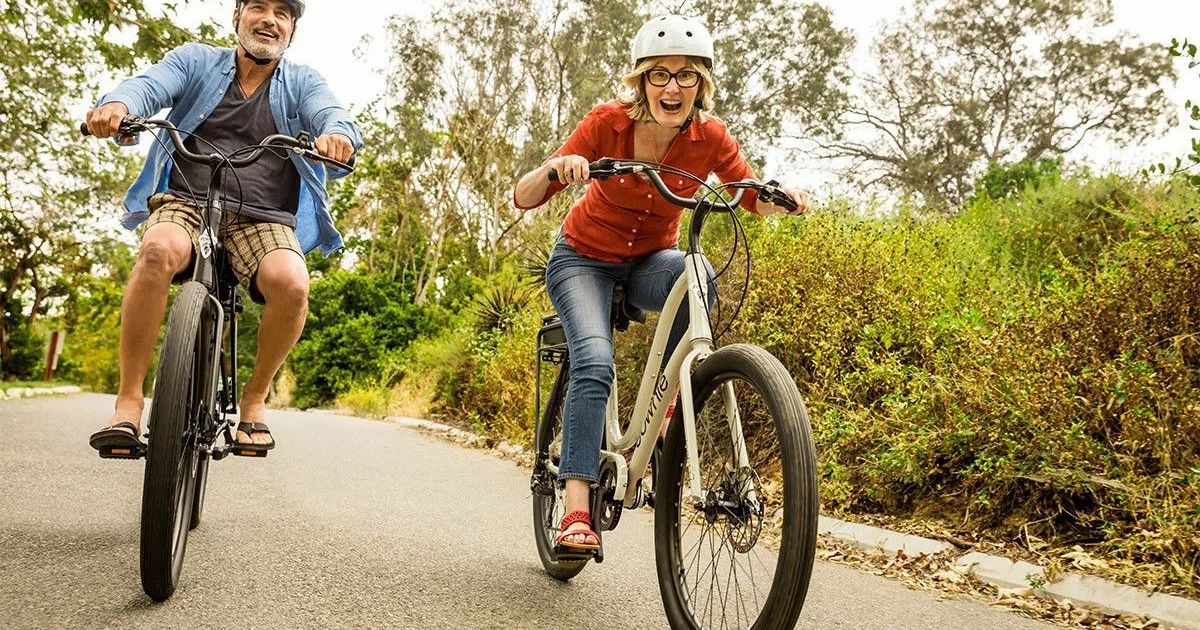
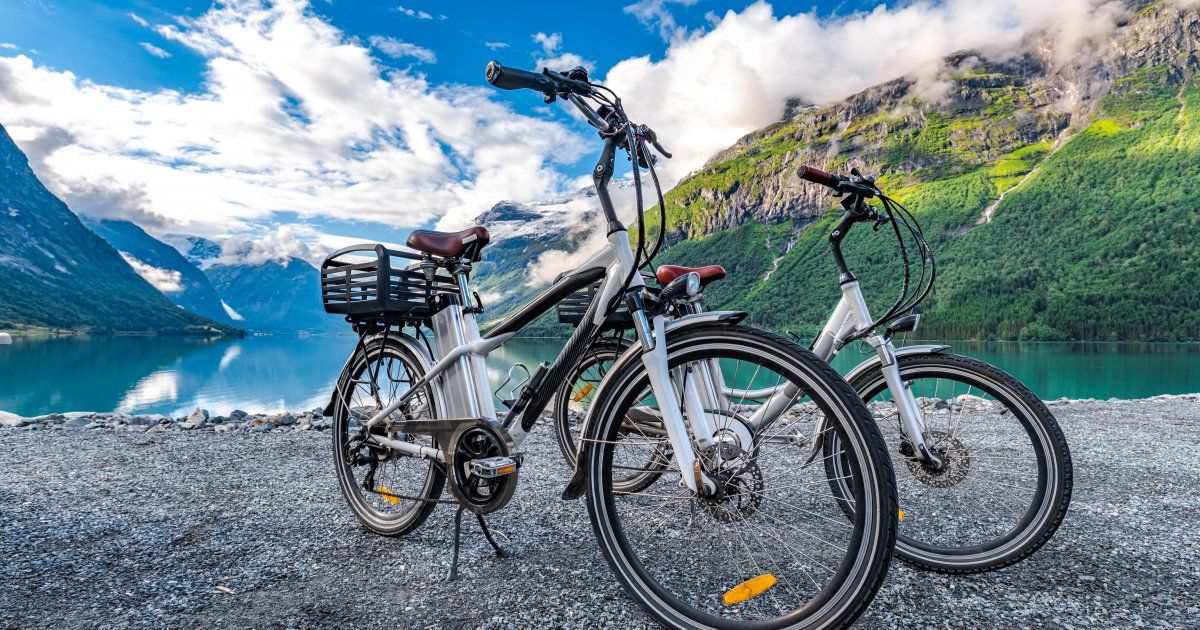
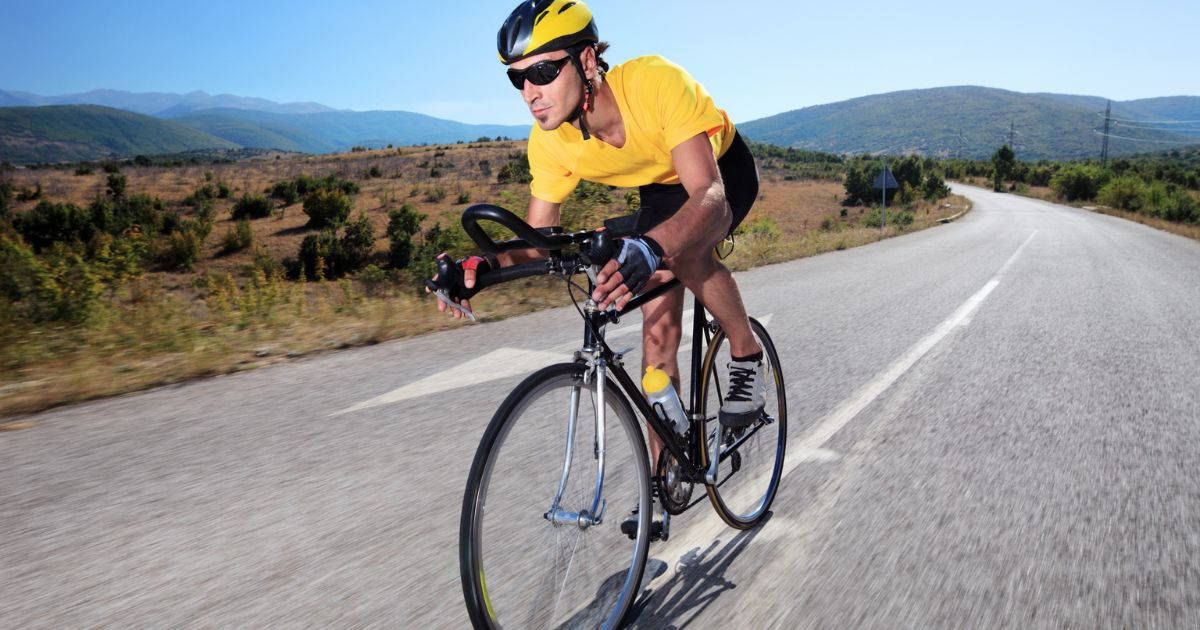
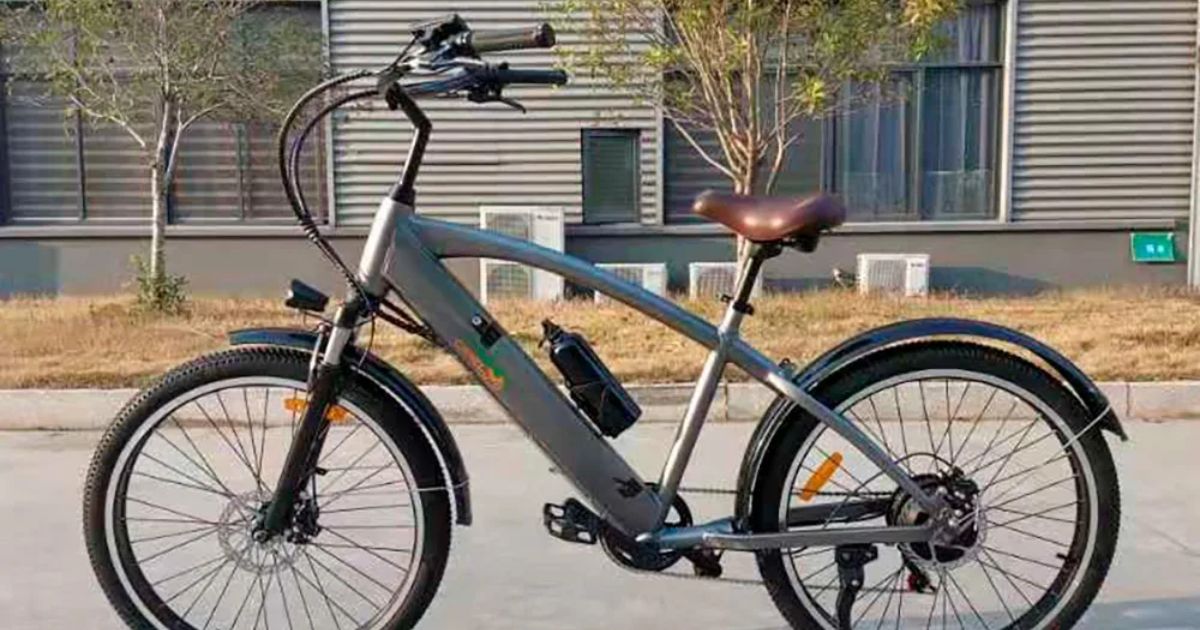
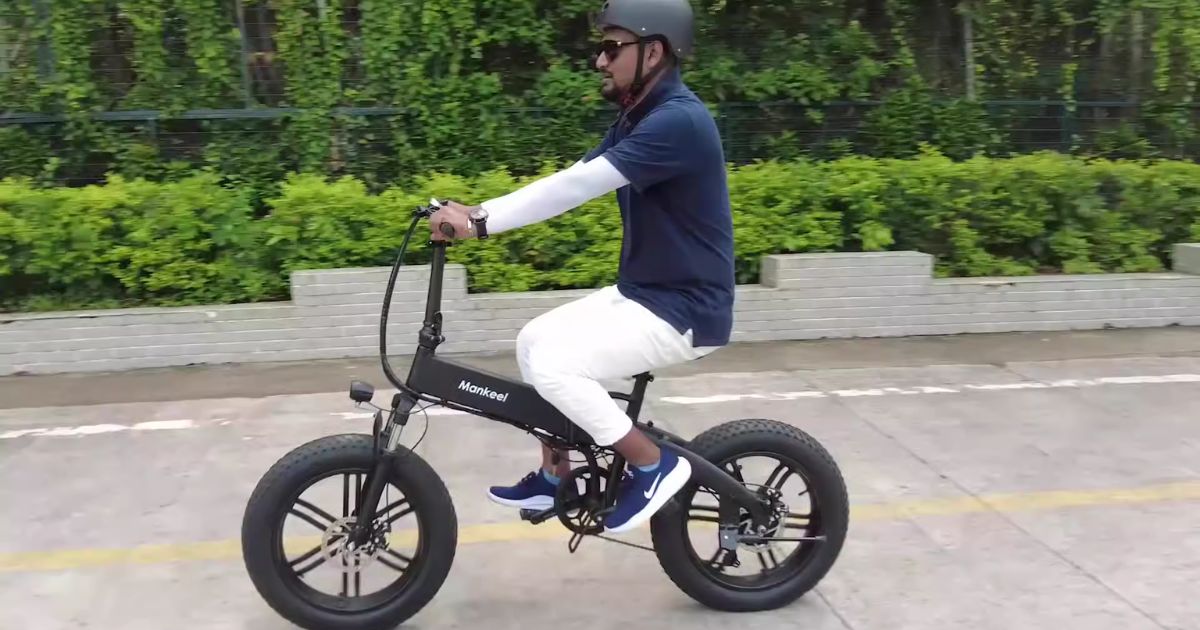
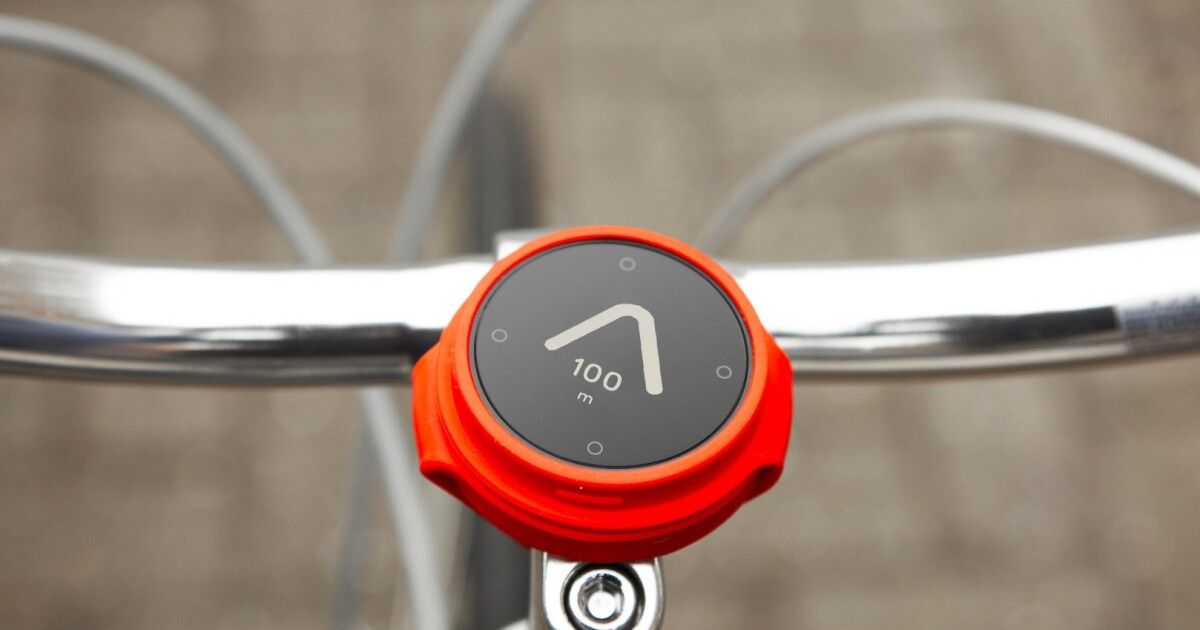
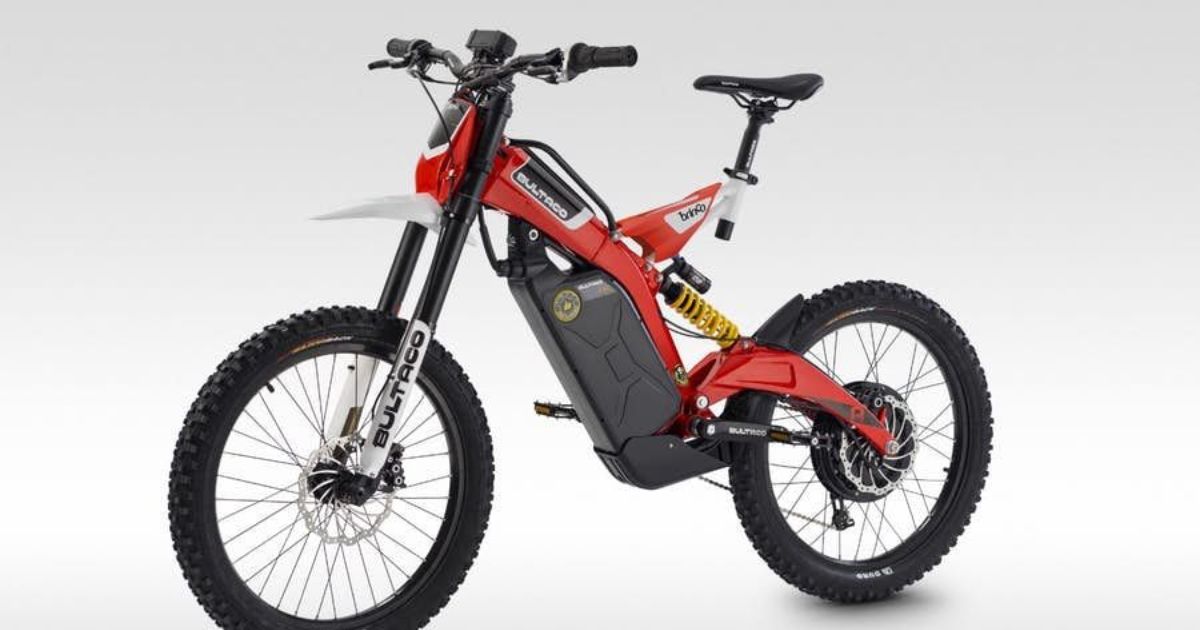




![Gomyfinance.com Invest: I Made $5,000 in My First Month [Real Results 2025]](https://electopolo.com/wp-content/uploads/2025/05/Gomyfinance.com-Invest-I-Made-5000-in-My-First-Month-Real-Results-2025-150x150.jpg)


